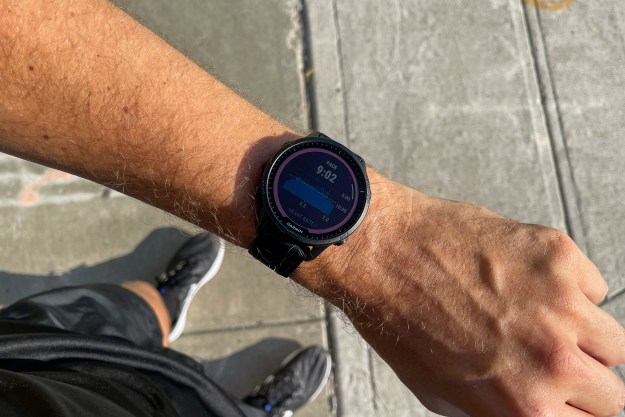
But new research coming out of the Scripps Research Institute (TSRI) suggests that the same approach could also be used to treat another deadly disease: Heroin addiction.
“The key problem is which brain region do you stimulate, and how do you stimulate it?” Dr. Olivier George, an associate professor in TSRI’s Committee on the Neurobiology of Addictive Disorders, told Digital Trends. “This study provides preclinical evidence that using very low intensity deep brain stimulation of a specific brain region called the subthalamic nucleus, we can decrease the motivation for for heroin in an animal model of heroin addiction.”
In the study, rats that were accustomed to taking heroin — and would otherwise self-administer greater quantities of the drug — would not escalate their intake after being treated using implanted electrodes.
The rats in the study were able to self-administer heroin doses by pressing on a lever. When they had the drug taken away from them for two weeks, those rats that had not been treated with Deep Brain Stimulation quickly ramped up their drug use when access to it was restored. However, those which had been treated with DBS kept a stable, low-level intake.
The billion-dollar question, of course, is whether these results could also be extrapolated to humans? “Yes, this is very feasible,” George continued, citing the fact that similar treatment is already being used to treat Parkinson’s in human patients.
Even the numbers stack up, he said. “If you take into account all the costs — health care, justice, criminal, overdose, accidents — associated with heroin addiction you realize that Deep Brain Stimulation costs just a little more, $80,000 for six months, than pharmacological treatments, [which is] $50,000 for six months.”
George said it would also cost less to society than not treating addicts, and even prove cost-effective if only 50 percent of patients responded to treatment.
“Heroin addiction is extremely difficult to kick,” he said. “Patients are miserable, lose their job, their family, and are at high risk of overdose and death. They are often desperate after multiple relapses. I believe that a lot of them would be willing to try an alternative therapeutic strategy like Deep Brain Stimulation. It is not without risk, as it involves brain surgery, but it could be a lifesaver.”
There are still questions to be answered before clinical trials in humans can begin (including whether noninvasive alternatives such as ultrasonic or transcranial stimulation may also work), but this could turn out to be the start of some very important work.
Editors' Recommendations
- Brain-stimulating implant can turn down Parkinson’s symptoms as required
- In China, a deep brain stimulation implant is being used to treat addiction


